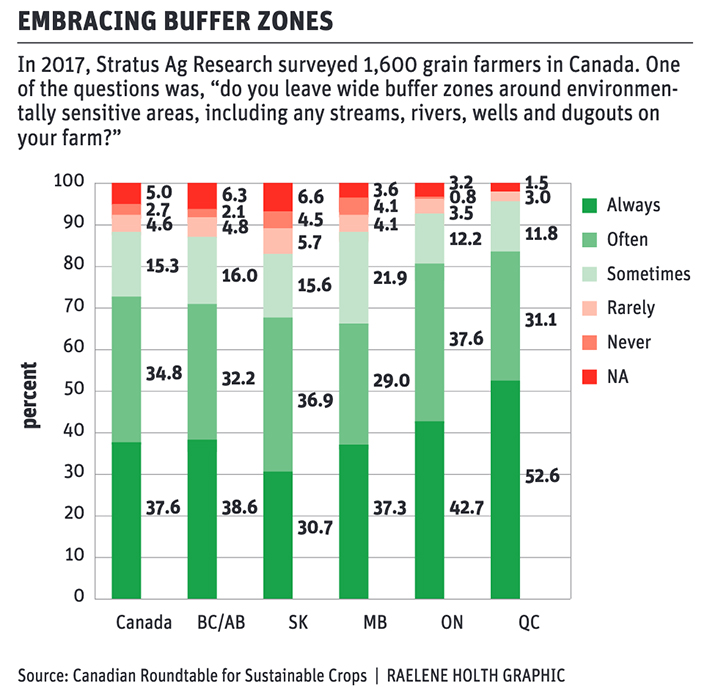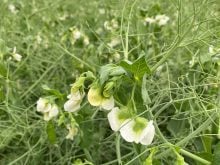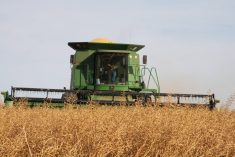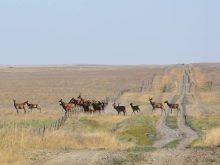Many farmers in Western Canada have a buffer area between their cropland and a waterway.
Those who don’t may soon need one because a 10-metre-wide natural area between a canola field and a creek could become standard practice in Western Canada — possibly a required practice.
In a presentation during Canola Week, a virtual conference hosted by the Canola Council of Canada, a Health Canada representative spoke about vegetative filter strips and how they prevent the flow of pesticides into creeks and waterways.
The mention of filter strips, a grassy strip of land that slows water runoff and filters out pesticides in the runoff, was part of a Health Canada update on neonicotinoids and other issues at the Pest Management Regulatory Agency.
Read Also
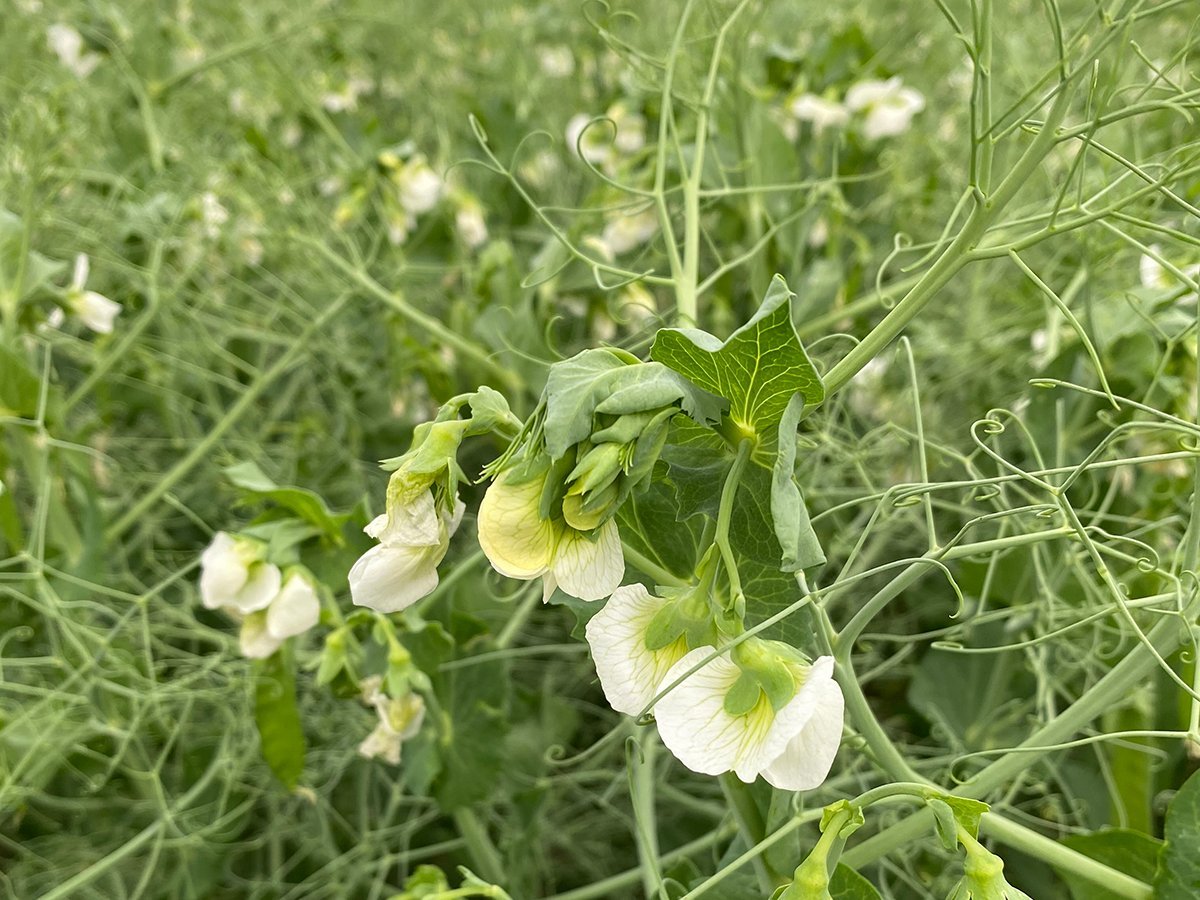
Crop quality looks good this year across Prairies
Crop quality looks real good this year, with the exception of durum.
The connection between filter strips and neonics is obvious.
The PMRA has been conducting a special review of the neonicotinoid insecticides to determine if they are a threat to aquatic insects.
Neonics are used on tens of millions of acres of cropland in Canada. The three main products are imidacloprid and clothianidin, made by Bayer, and thiamethoxam, a Syngenta product. The neonics are applied to almost every corn and canola seed in Canada and a portion of soybean seeds. They are also sprayed on fruit, vegetables and berry crops.
In 2016, Health Canada proposed to phase out all agricultural uses of imidacloprid because the insecticides were accumulating in water bodies near farmland.
In 2018, the department made the same phase-out recommendation for thiamethoxam and clothianidin. If neonics are harming aquatic insects like midges and mayflies, it could pose a threat to birds and other animals that rely on the insects for food.
The PMRA was expected to make its final decision on neonics this fall, but it has been delayed because agency scientists are reviewing water monitoring data and other information.
“We do hope, at the latest, a decision will be reached and published by spring 2021,” said Frederic Bissonnette of Health Canada.
The verdict on neonics will be based on amounts detected in water bodies from water monitoring surveys done across the country.
“The decision, whatever it is, will be highly reflective of what is really out there.”
The PMRA currently requires growers to have buffer strips between a crop and a waterway for certain pesticides. One such pesticide is chlorothalonil, a fungicide applied to potatoes and vegetable crops.
“This is a big change,” said Tracy Shinners-Carnelly, vice-president of research and quality for Peak of Market in Manitoba, as reported in SpudSmart in April.
“I don’t think that growers are really familiar with this new requirement…. I’m very confident that going forward, we’re going to become a lot more familiar with vegetative filter strips and how they work and how they can fit into our production systems.”
Few people know what the PMRA will say about neonics in the spring, but adding “vegetative filter strip” to the label is possible.
Curtis Rempel, vice-president of crop production and innovation with the canola council, said the conversations around vegetative buffers are much larger than neonics.
In recent years, governments, regulators and scientists have studied the environmental value of the buffers.
“There’s been a Canada-United States-Mexico working group on (risk mitigation of) pesticides,” he said, and vegetative filter strips discussions have started.
In the fall of 2017, Syngenta Canada and Synthesis Agri-Food Network of Guelph, Ont., prepared a 40-page report on filter strips for an Agriculture Canada group looking at neonics.
The report said the buffers reduce topsoil erosion, improve water quality, increase biodiversity of wildlife, help pollinators and remove pesticides.
“Permanent buffer strips have been found to significantly reduce the movement of certain pesticides and compounds into waterways.”
Given the scientific and regulatory interest in buffers between cropland and waterways, the canola council asked Bissonnette to speak about filter strips during his Canola Week talk.
“I wanted him to comment on what they were thinking and what might be going into their modeling work,” Rempel said.
A natural area between a canola field and a pond might reduce the flow of neonics into that pond, but the interest in filter strips is much broader.
It’s also about the sustainability of crop production, and commodity groups must be able to demonstrate to the public that their crop is “sustainable”.
“I don’t think it’s just related to neonics. It’s bigger, in terms of pesticides and nutrient stewardship, right across the board,” Rempel said.
The Western Producer contacted the PMRA for this story, but agency officials did not respond by press time.



